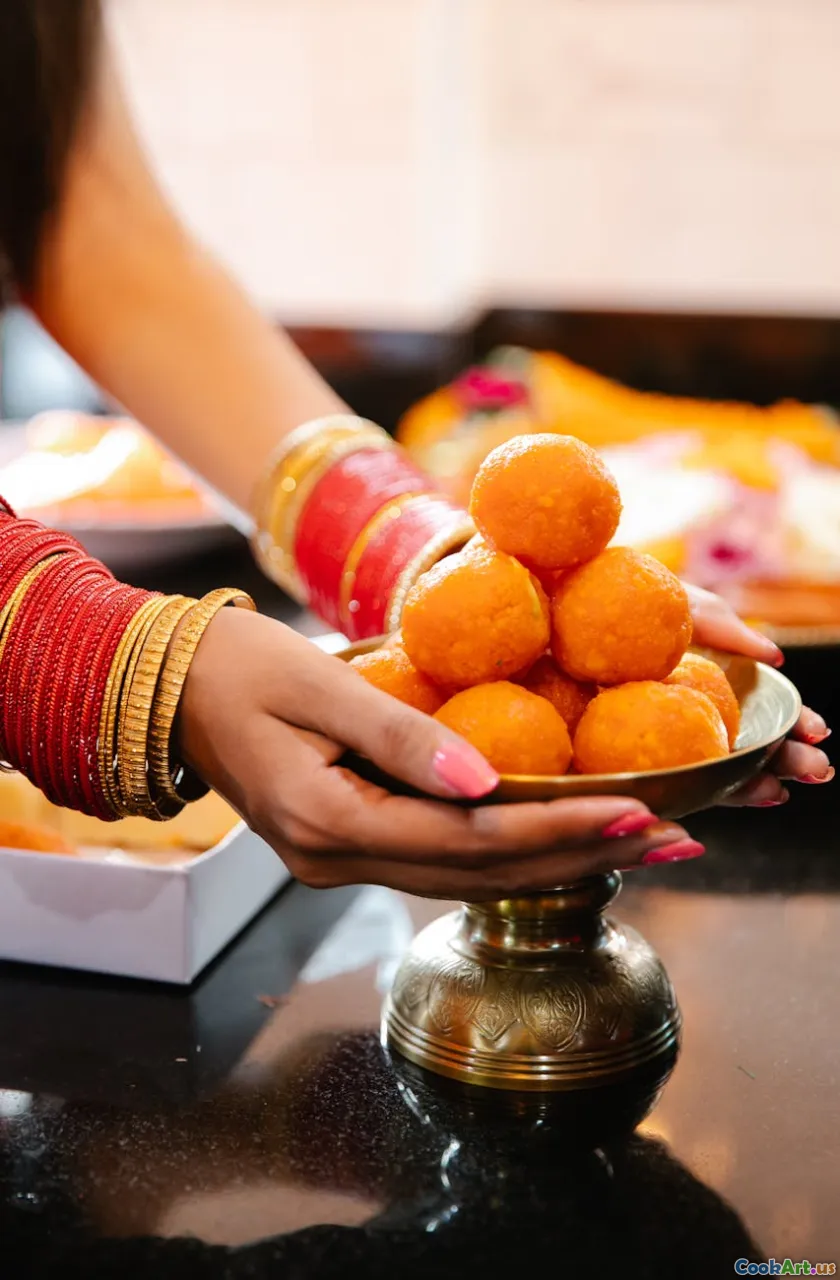Culinary Customs of Global Festivals
6 min read Explore the unique culinary customs that define global festivals, revealing rich traditions and surprising flavors from around the world. April 07, 2025 07:00
Culinary Customs of Global Festivals
Food is a universal language that transcends borders and cultures, especially during festivals. Around the world, celebrations are marked by unique culinary customs that not only tantalize the taste buds but also tell stories of heritage, community, and identity. From the vibrant colors of Holi in India to the savory dishes of Thanksgiving in the United States, each festival is a culinary tapestry woven with traditions, ingredients, and cooking techniques that reflect the spirit of its people.
The Significance of Food in Festivals
Food plays a central role in festivals as it fosters community bonding, honors traditions, and symbolizes prosperity and happiness. During such occasions, families and friends gather to share meals, often featuring special dishes prepared only for the celebration. This practice not only strengthens familial ties but also keeps culinary traditions alive through generations.
1. Holi - The Festival of Colors
In India, Holi celebrates the arrival of spring and the victory of good over evil. The festival is marked by vibrant colors, joyous music, and, importantly, a feast of traditional foods. Gujiya, a sweet dumpling filled with khoya and dried fruits, is a must-have during Holi. Additionally, thandai, a refreshing drink made from milk, nuts, and spices, is often consumed to cool off during the festive celebrations.
2. Thanksgiving - A Feast of Gratitude
Thanksgiving in the United States is a time for families to come together and express gratitude. The centerpiece of the celebration is often a roasted turkey, accompanied by stuffing, cranberry sauce, and pumpkin pie. Each dish carries its own history, with roots tracing back to the early settlers and indigenous traditions. The act of sharing this meal symbolizes unity and appreciation for the harvest.
3. Eid al-Fitr - Breaking the Fast with Feasts
Eid al-Fitr marks the end of Ramadan, a month of fasting for Muslims around the world. The day is celebrated with elaborate feasts that include biryani, sweets like baklava, and sheer khurma (a vermicelli pudding). Families often prepare these dishes together, highlighting the importance of community and togetherness in the celebration.
4. La Tomatina - A Food Fight with Tradition
In Spain, the La Tomatina festival is a quirky celebration where participants engage in a massive tomato fight. While the event is known for its playful chaos, it also features a range of traditional Spanish dishes such as paellaandchurros. The festival emphasizes the importance of joy and laughter, showcasing how food can bring people together in unexpected ways.
Unique Cooking Techniques and Ingredients
Many global festivals showcase unique cooking techniques that are integral to their culinary customs. For instance:
- Pit Cooking: In Hawaii, traditional luaus involve cooking whole pigs in an underground oven, known as an imu, imparting a distinct smoky flavor.
- Fermentation: In Korea, the preparation of kimchi during the Chuseok harvest festival highlights the importance of fermentation in preserving seasonal vegetables and flavors.
- Searing and Smoking: The big green egg or other smokers are commonly used in Southern BBQ festivals across the U.S., showcasing the artistry of searing meats.
The Role of Rituals in Culinary Practices
Rituals surrounding food preparation and consumption are often as significant as the dishes themselves. Many cultures have specific rituals:
- In Italy, the preparation of pasta for Christmas is often a family affair, filled with storytelling and laughter, celebrating the joy of togetherness.
- In Japan, the tea ceremony during New Year’s celebrations emphasizes mindfulness and appreciation of simplicity through the meticulous preparation of matcha tea.
Conclusion
Culinary customs during global festivals are a reflection of cultural identities, histories, and values. They provide an opportunity to celebrate not just food but also the stories, rituals, and connections that bring people together. As we explore these diverse culinary landscapes, we not only enjoy the flavors of the world but also gain a deeper understanding of the cultures that celebrate them. Food, indeed, is a gateway to experiencing the richness of human traditions.









